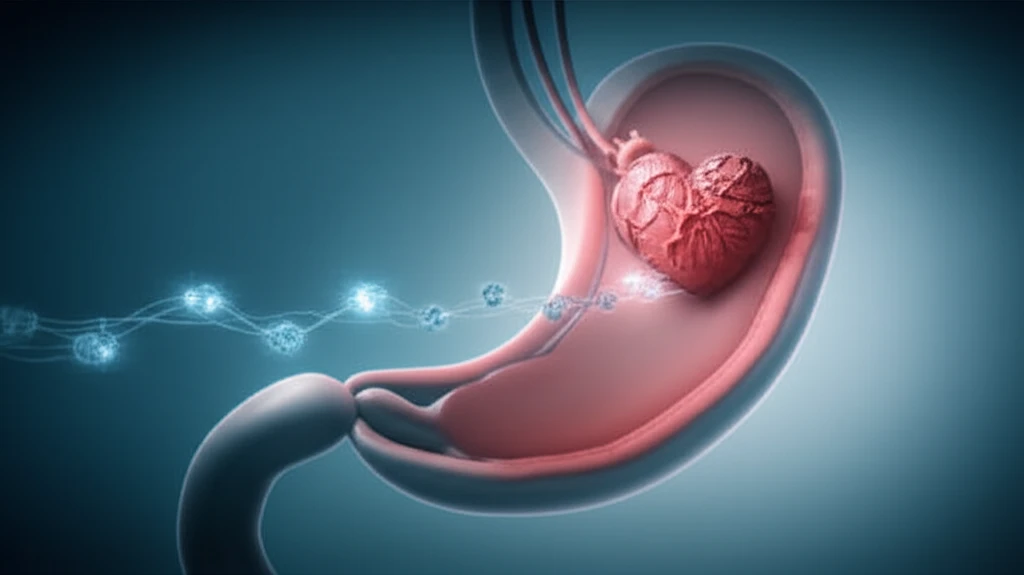
Heartbreak After Gastric Cancer Surgery: Is There a Hidden Link?
"Unveiling the connection between gastric cancer surgery, myocardial infarction, and a tiny molecule called miR-133a."
Gastric cancer, a major global health concern, often requires surgery as a primary treatment. While surgery aims to remove the tumor and improve patient outcomes, it can sometimes lead to unexpected complications, especially for older adults. One of the most serious of these complications is acute myocardial infarction (AMI), also known as a heart attack.
AMI is a life-threatening condition where blood flow to the heart is severely reduced or blocked, often leading to damage of the heart muscle. It's characterized by inflammation, heart muscle cell death, and the formation of scar tissue. Rapid diagnosis and treatment are crucial to improve survival rates and long-term heart health. But what does this have to do with gastric cancer surgery?
A recent study investigated a possible link between radical surgery for gastric cancer and the development of AMI, focusing on a tiny molecule called microRNA-133a (miR-133a). MicroRNAs are small, non-coding RNA molecules that regulate gene expression, and they've been implicated in various cardiovascular diseases. The study aimed to uncover how miR-133a might be involved in the heart problems that sometimes arise after gastric cancer surgery.
The Surprising Role of miR-133a: From Gastric Cancer to Heart Health

Researchers examined blood samples from patients who had undergone radical surgery for gastric cancer, comparing those who developed AMI with those who didn't. They measured the levels of miR-133a and markers of endothelial injury, which indicate damage to the inner lining of blood vessels. Additionally, they created an AMI rat model to further investigate the effects of miR-133a.
- Elevated miR-133a and Endothelial Injury Markers: Patients who experienced AMI after gastric cancer surgery had significantly higher levels of miR-133a and endothelial injury markers in their blood compared to those without AMI.
- miR-133a's Impact on Endothelial Injury: In the rat model, increasing miR-133a levels worsened endothelial injury, while decreasing miR-133a had the opposite effect.
- Targeting Bcl211: The researchers discovered that miR-133a directly targets a gene called Bcl211, which plays a role in cell survival and programmed cell death (apoptosis). By targeting Bcl211, miR-133a can influence the health and function of endothelial cells.
- Protecting Endothelial Cells: Further experiments showed that inhibiting miR-133a could promote the proliferation and reduce the apoptosis (cell death) of human umbilical vein endothelial cells (HUVECs) in vitro, suggesting a protective effect on these cells.
What Does This Mean for Patients?
This study sheds light on a potential mechanism behind heart complications after gastric cancer surgery, highlighting the role of miR-133a. While more research is needed, these findings suggest that miR-133a could be a therapeutic target for preventing or treating AMI in these patients. Further studies are necessary to determine whether targeting miR-133a as a preventative measure could benefit individuals undergoing radical surgery for gastric cancer. Understanding the intricate relationship between cancer treatment and cardiovascular health is crucial for improving patient care and outcomes.
